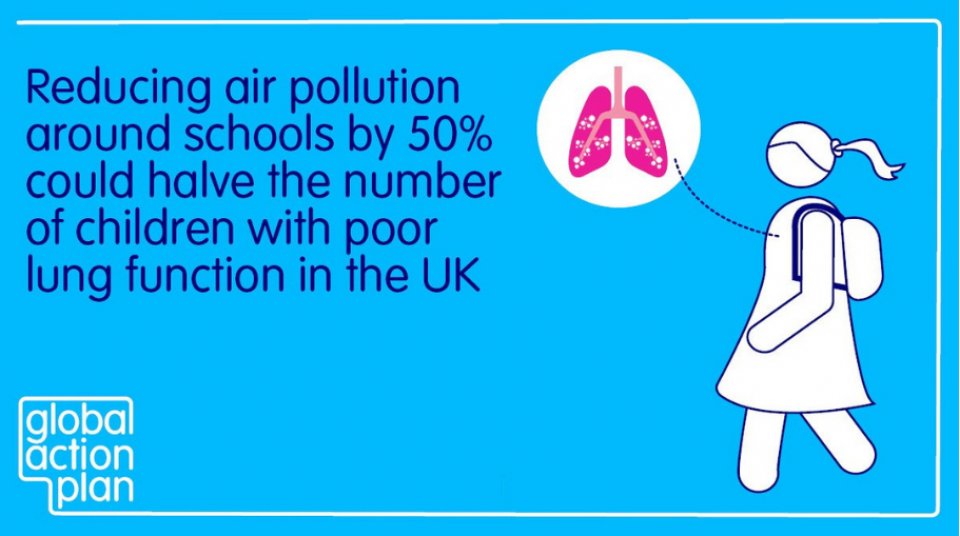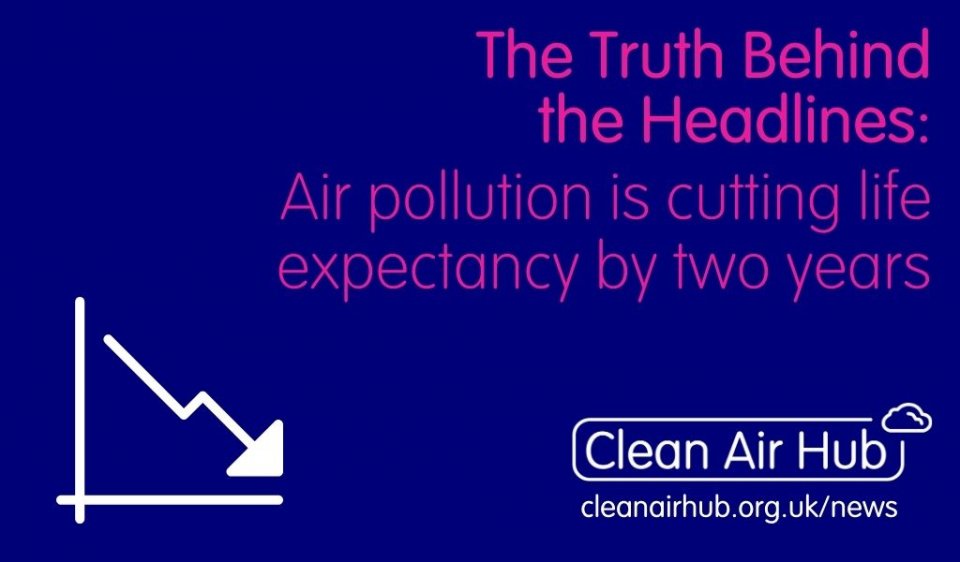News & Stories
The media, including The Guardian, recently reported that air pollution contributed to 20% of all newborn deaths globally. This equated to nearly half a million babies dying within their first month of life in 2019, many of them in the developing world. Indoor air pollution was associated with over two thirds of these deaths, with PM2.5 being the main contributing factor, particularly as a result of its impact on lower-respiratory health and the brain.
Previous studies have concluded that babies in the womb can be harmed by exposure to airborne pollutants, which has been linked to premature birth and low birth weight. Both these factors are known to be associated with higher infant mortality as well as an increased susceptibility to childhood infections including pneumonia, and to life-long major chronic diseases in survivors.
Using our recommended five tips, Global Action Plan reviewed the study:
| Questions to ask to get to the truth | Our response |
| 1. Does the article refer to a report to back up its claims? |
The article refers to a report by State of Global Air, a collaboration between scientists and two health research institutes in the USA. |
| 2. Who is behind the study it refers to? |
The report was compiled by scientists as part of the Institute for Health Metrics and Evaluation’s (IHME) project on the Global Burden of Diseases (GBD), using life expectancy analyses by Dr Joshua Apte from the University of Texas, USA. |
| 3. How fantastical and radical is the claim that is being made? |
The data and methods used in the report are reputable, having been developed as part of the GBD project. This is a scientific project that attempts to systematically quantify the magnitude of health loss from major diseases in every country around the world, every year. The GBD project methods were developed by scientists at the University of British Columbia and the project uses the World Health Organisation’s Global Urban Ambient Air Pollution Database as one of its main sources of data. All of these facts mean that the study has a thoroughly scrutinised evidence-base and used established methods which are described in detail. The scientists also did work to distinguish between the effects of air pollution and those of other factors that could have affected infant survival rates.
|
| 4. What geographical region does the claim refer to? |
The report has a global reach, being based on data from around the world. |
| 5. What is the sample size of the study? |
The study used PM2.5, ambient ozone and household air pollutant data collected in countries around the world and had more than 3,600 collaborators in 195 countries and territories.
|
Want to talk to us about any of our projects? Please get in touch with us here.








